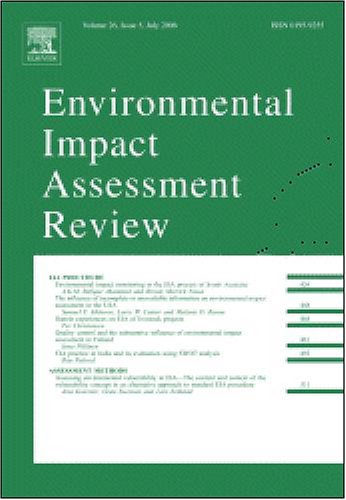Chemical Fate and Transport in the Environment, Second Edition Review


This newly updated and expanded edition of
Chemical Fate and Transport in the Environment covers the fundamental principles of mass transport, chemical partitioning, and
chemical/biological transformations in surface waters, in soil and groundwater, and in air. Each
of these three major environmental media are introduced by descriptive overviews, followed by
presentation of the controlling physical, chemical, and biological processes. The text
emphasizes intuitively based mathematical models for chemical transport and transformations in
the environment, and serves both as a textbook for senior undergraduate and graduate courses in
environmental science and engineering, and as a standard reference for environmental practitioners.
Key Features
* Provides an integrated coverage of major environmental media
* Presents a quantitative treatment of fate and transport processes
* Is based on a graduate-level course taught for 10 years at MIT, augmented with practical consulting experience
* Features examples and illustrations throughout the text
* Includes extensive exercises at the end of each chapter
* Contains ample references to the primary literature

















